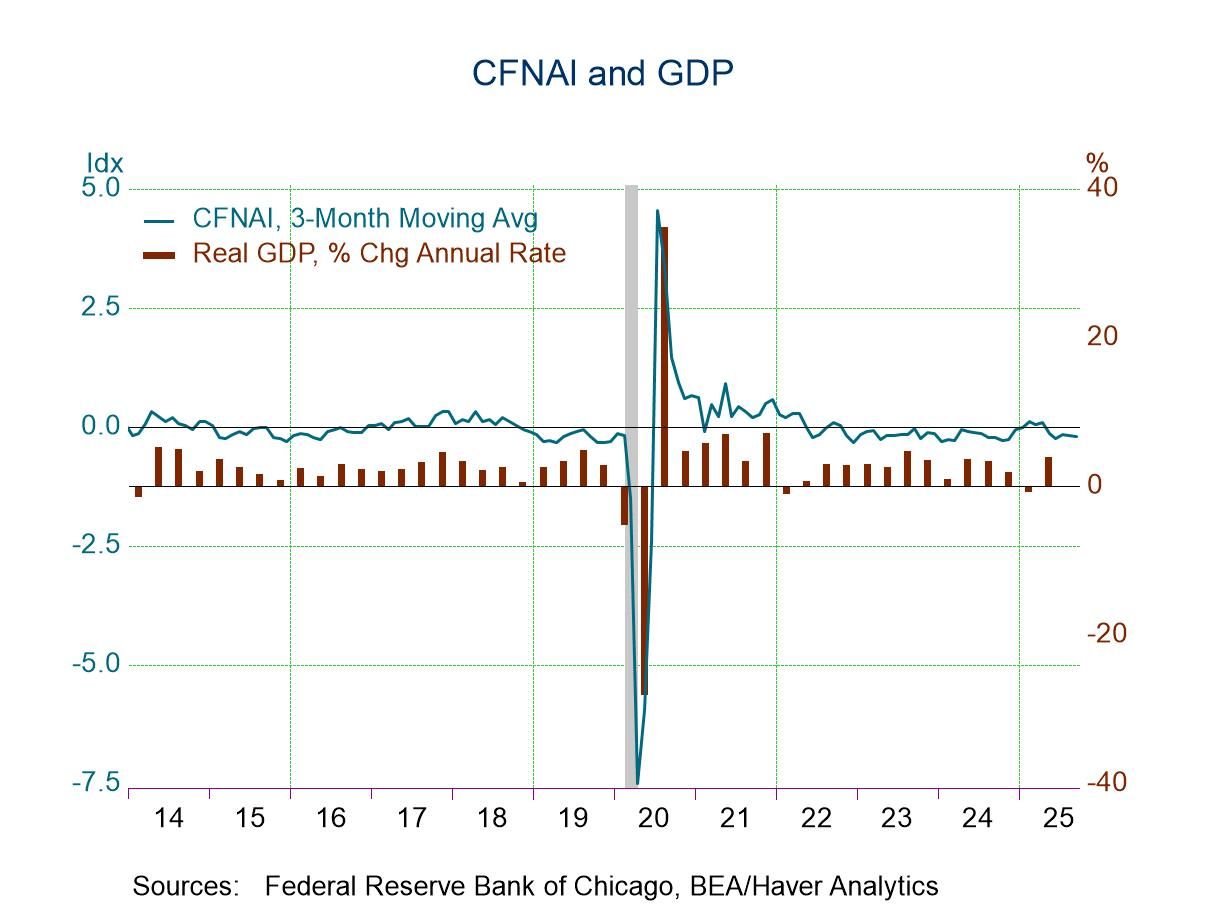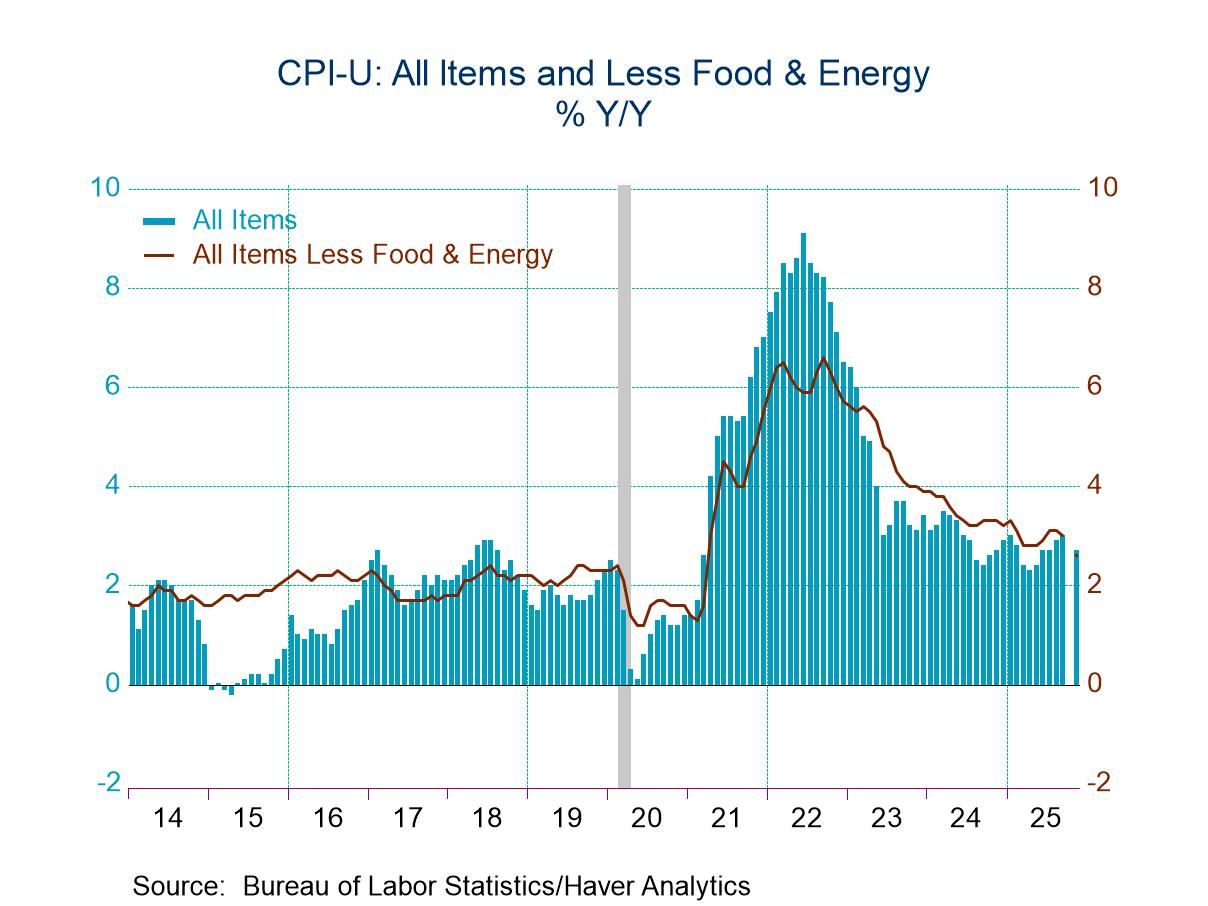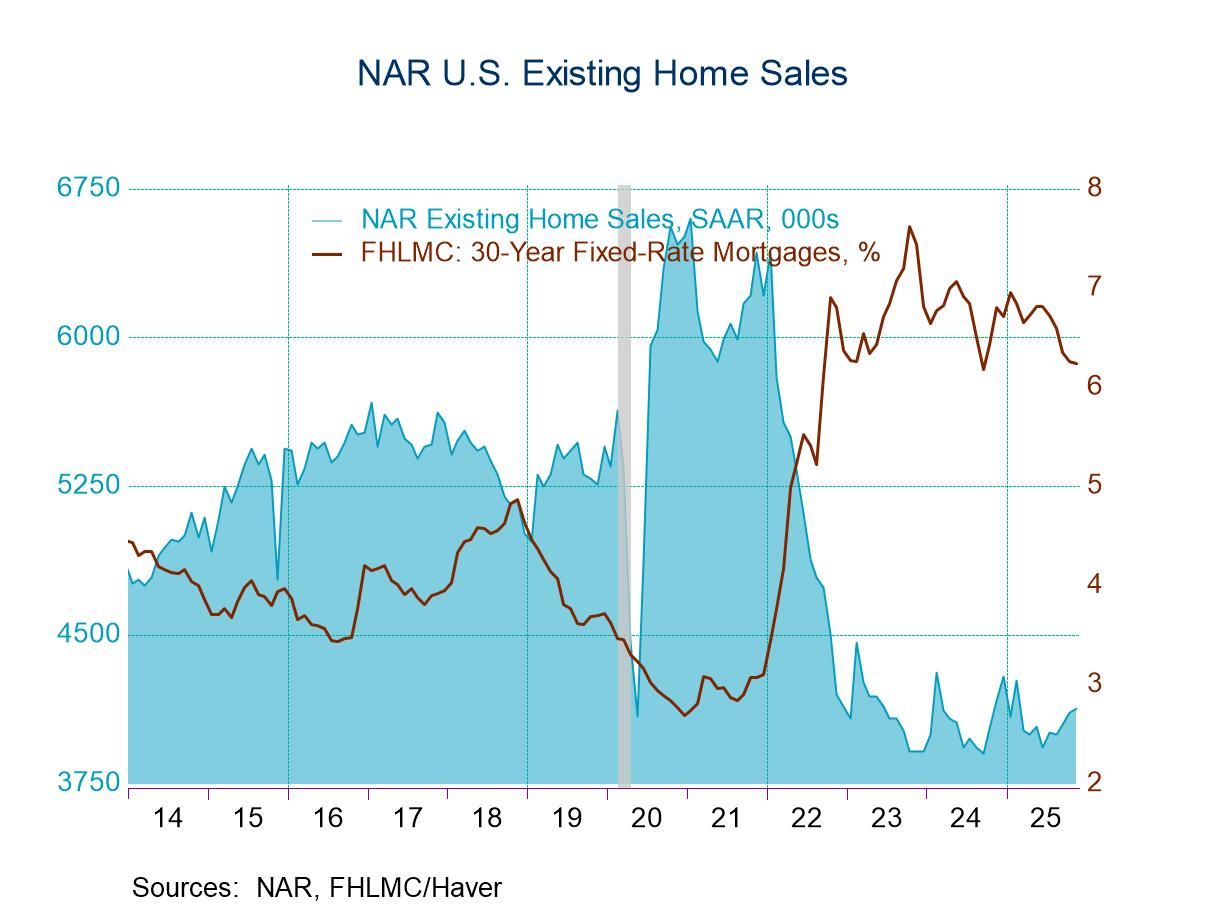 Global| Aug 13 2018
Global| Aug 13 2018U.S. Government Budget Deficit Continues to Widen
by:Tom Moeller
|in:Economy in Brief
Summary
The U.S. Treasury Department reported that during the first ten months of fiscal year 2018, the federal government budget deficit totaled $684.0 billion, up 20.8% versus $566.0 billion in the first ten months of FY'17. During July [...]
The U.S. Treasury Department reported that during the first ten months of fiscal year 2018, the federal government budget deficit totaled $684.0 billion, up 20.8% versus $566.0 billion in the first ten months of FY'17. During July alone, the federal government ran a $76.9 billion budget deficit. That compared to an $42.9 billion deficit during July 2017. An $88 billion had been expected in the Action Economics Forecast Survey.
Net revenues rose 1.0% y/y so far in FY'18 after a 1.5% increase during all of last fiscal year. Individual income taxes increased 7.8% y/y as employment continued to improve. That compared to a 2.7% rise during all of last fiscal year. Corporate income tax receipts declined by more than one-quarter y/y due to newly enacted tax cuts. That followed last fiscal year's 0.8% decline. Social insurance receipts were fairly steady y/y following last year's 4.2% rise, and excise taxes improved 8.5% y/y after last year's 11.8% decline.
Government spending increased 4.4% y/y so far in FY'18 compared to 3.3% growth during all of FY'17. National defense spending rose 5.6% y/y after slight increases during the last two fiscal years. Health insurance spending grew a steady 3.8% y/y, while Medicare outlays increased an accelerated 3.5% y/y. With the lower unemployment rate, income security payments slipped 0.1% y/y after their 2.1% FY'17 decline. Social Security payments rose an accelerated 4.5% y/y. Interest payments have gained 20.4% y/y so far in FY'18 after increasing 9.2% last fiscal year.
Haver's data on Federal Government outlays and receipts are contained in USECON. Considerable detail is given in the separate GOVFIN database. The Action Economics Forecast Survey numbers are in the AS1REPNA database.
| United States Government Finance | July 2018 | FY'17 | FY'16 | FY'15 | FY'14 | FY'13 | |
|---|---|---|---|---|---|---|---|
| Budget Balance (Billions) | -- | $-76.9 | $-665.7 | $-585.6 | $-439.1 | $-483.4 | $-680.2 |
| As a percent of GDP | -- | -- | 3.5% | 3.2% | 2.5% | 2.8% | 4.1% |
| % of Total | |||||||
| Net Revenues (Fiscal Year YTD 2018, Y/Y % Change) | 100 | 1.0% | 1.5% | 0.6% | 7.6% | 8.9% | 13.3% |
| Individual Income Taxes | 47 | 7.8 | 2.7 | 0.3 | 10.5 | 5.9 | 16.3 |
| Corporate Income Taxes | 9 | -28.5 | -0.8 | -12.9 | 7.2 | 17.3 | 12.9 |
| Social Insurance Taxes | 34 | 0.2 | 4.2 | 4.7 | 4.1 | 8.0 | 12.1 |
| Excise Taxes | 3 | 8.5 | -11.8 | -3.3 | 5.3 | 11.1 | 6.3 |
| Net Outlays (Fiscal Year 2017 YTD, Y/Y % Change) | 100 | 4.4 | 3.3 | 4.5 | 5.3 | 1.4 | -2.4 |
| National Defense | 16 | 5.6 | 0.8 | 0.7 | -2.3 | -4.7 | -6.3 |
| Health | 12 | 3.8 | 4.1 | 6.2 | 17.8 | 14.3 | 3.3 |
| Medicare | 14 | 3.5 | 0.6 | 8.7 | 6.7 | 2.8 | 5.5 |
| Income Security | 12 | -0.1 | -2.1 | 1.0 | -0.9 | -4.3 | -1.1 |
| Social Security | 24 | 4.5 | 3.1 | 3.2 | 4.4 | 4.5 | 5.2 |
| Veterans Benefits & Services | 4 | 6.0 | 1.2 | 9.3 | 6.8 | 7.7 | 11.5 |
| Education, Training, Employment & Social Services | 2 | -36.4 | 31.6 | -10.2 | 34.7 | 25.9 | -21.9 |
| Interest | 9 | 20.4 | 9.2 | 7.8 | -1.8 | 2.8 | 0.4 |
U.S. Retail Gasoline Prices and Crude Oil Costs Ease Retail gasoline prices slipped to $2.84 per gallon
last week from $2.85 during the prior period, but remained up 19.3% y/y. Haver
Analytics constructs factors to adjust for the marked seasonal variation in
prices. The seasonally-adjusted gasoline price also eased one penny to $2.78 per
gallon, but remained up versus $2.60 late last year. West Texas Intermediate crude oil prices declined to
$67.91 per barrel (+38.3% y/y) last week from $69.46 in the previous week. WTI
prices remained lower than the $73.71 peak early in July. Though prices were at
the lowest level in seven weeks, they remained up by roughly one-third y/y.
Brent crude oil prices declined to $71.42 per barrel last week (+37.5% y/y) from
$78.75 in the middle of May. Natural gas prices increased last week to $2.93/mmbtu
(3.6% y/y), the highest level since late-June. In the four-weeks ending August 3, gasoline demand
eased 0.7% y/y; total petroleum product demand slipped 0.6% y/y. Gasoline
inventories increased 1.2% y/y, but inventories of all petroleum products
fell 6.1% y/y. Crude oil input to refineries rose 0.3% y/y in the last four
weeks. These data are reported by the U.S. Department of Energy. The
price data can be found in Haver's WEEKLY and DAILY databases.
Greater detail on prices, as well as the demand, production and inventory data,
along with regional breakdowns, are in OILWKLY.
by Tom Moeller August
13, 2018
Weekly Energy Prices
08/13/18
08/06/18
07/30/18
Y/Y %
2017
2016
2015
Retail Gasoline ($ per Gallon Regular,
Monday Price)
2.84
2.85
2.85
19.3
2.47
2.31
2.03
Light Sweet Crude Oil, WTI ($ per bbl,
Previous Week's Average)
67.91
69.46
70.01
38.3
50.87
43.22
48.90
Natural Gas ($/mmbtu, LA, Previous
Week's Average)
2.93
2.80
2.75
3.6
2.96
2.49
2.62
Tom Moeller
AuthorMore in Author Profile »Prior to joining Haver Analytics in 2000, Mr. Moeller worked as the Economist at Chancellor Capital Management from 1985 to 1999. There, he developed comprehensive economic forecasts and interpreted economic data for equity and fixed income portfolio managers. Also at Chancellor, Mr. Moeller worked as an equity analyst and was responsible for researching and rating companies in the economically sensitive automobile and housing industries for investment in Chancellor’s equity portfolio. Prior to joining Chancellor, Mr. Moeller was an Economist at Citibank from 1979 to 1984. He also analyzed pricing behavior in the metals industry for the Council on Wage and Price Stability in Washington, D.C. In 1999, Mr. Moeller received the award for most accurate forecast from the Forecasters' Club of New York. From 1990 to 1992 he was President of the New York Association for Business Economists. Mr. Moeller earned an M.B.A. in Finance from Fordham University, where he graduated in 1987. He holds a Bachelor of Arts in Economics from George Washington University.






